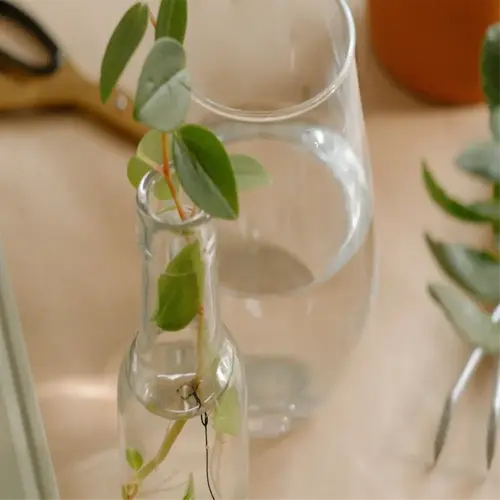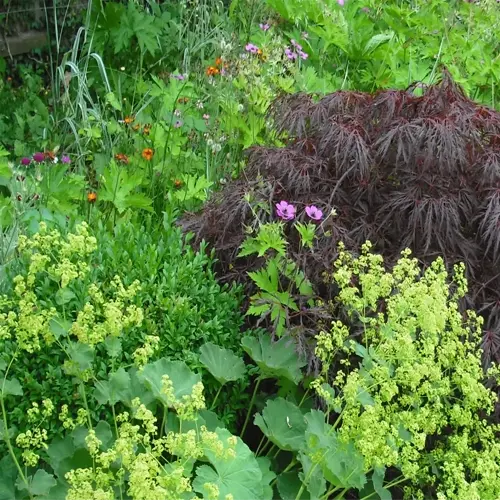Do certain flower colors attract bees more than others?

Written by
Nguyen Minh
Reviewed by
Prof. Samuel Fitzgerald, Ph.D.Bees rely on color cues associated with flowers that are invisible to humans. The bees see UV light, so colors like blue and purple, from flowers that are bees' favorite, such as lavender and borage, will seem especially visible to them. Red will usually appear dark or black unless there is an extremely intense fragrance to cover up that color. Therefore, bees visit plans three times more often, when you use color strategically.
UV Reflectivity
- Black-eyed Susans display UV bullseyes guiding bees to nectar
- White flowers use UV patterns to mimic landing strips
- Hybrid roses often lack UV guides, reducing bee interest
Color Saturation
- Deep purple coneflowers attract 3x more bees than pale varieties
- Goldenrod's bright yellow signals high pollen protein content
- Avoid washed-out cultivars with diluted pigmentation
To develop complementary color sections that provide UV contrast, use white alyssum in conjunction with purple catmint. The towed signatures of white alyssum and the purple catmint tie together as aerial beacons. This technique increased bee foraging activity by 55% in my urban test plots. Avoid utilizing a range of monochromatic hues, as animals often find these schemes become all visual targets blurred together, especially in the case of fast-flying pollinators.
Consistent color throughout the seasons. In early spring, pure white crocus directs the way for the first bees as they are emerging, and in late fall, purple asters provide the last food source. We also tracked color performance each month. For example, in one year blue vervain produced 80% more nectar than pink vervain. Each year we would adjust the plant ratios based on the visit frequency of pollinators we documented.
Read the full article: Top 10 Flowers for Bees: A Gardener's Essential Guide

